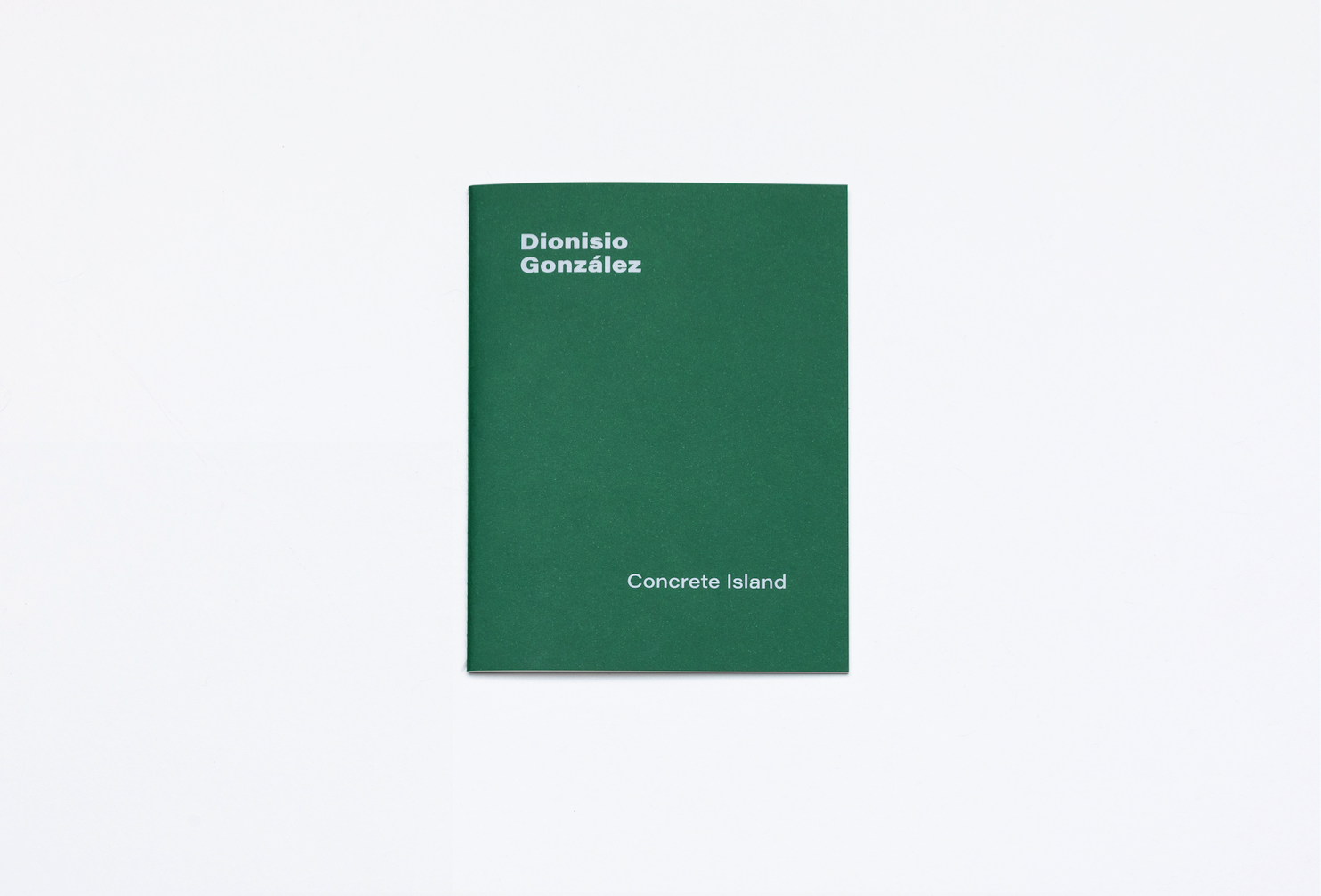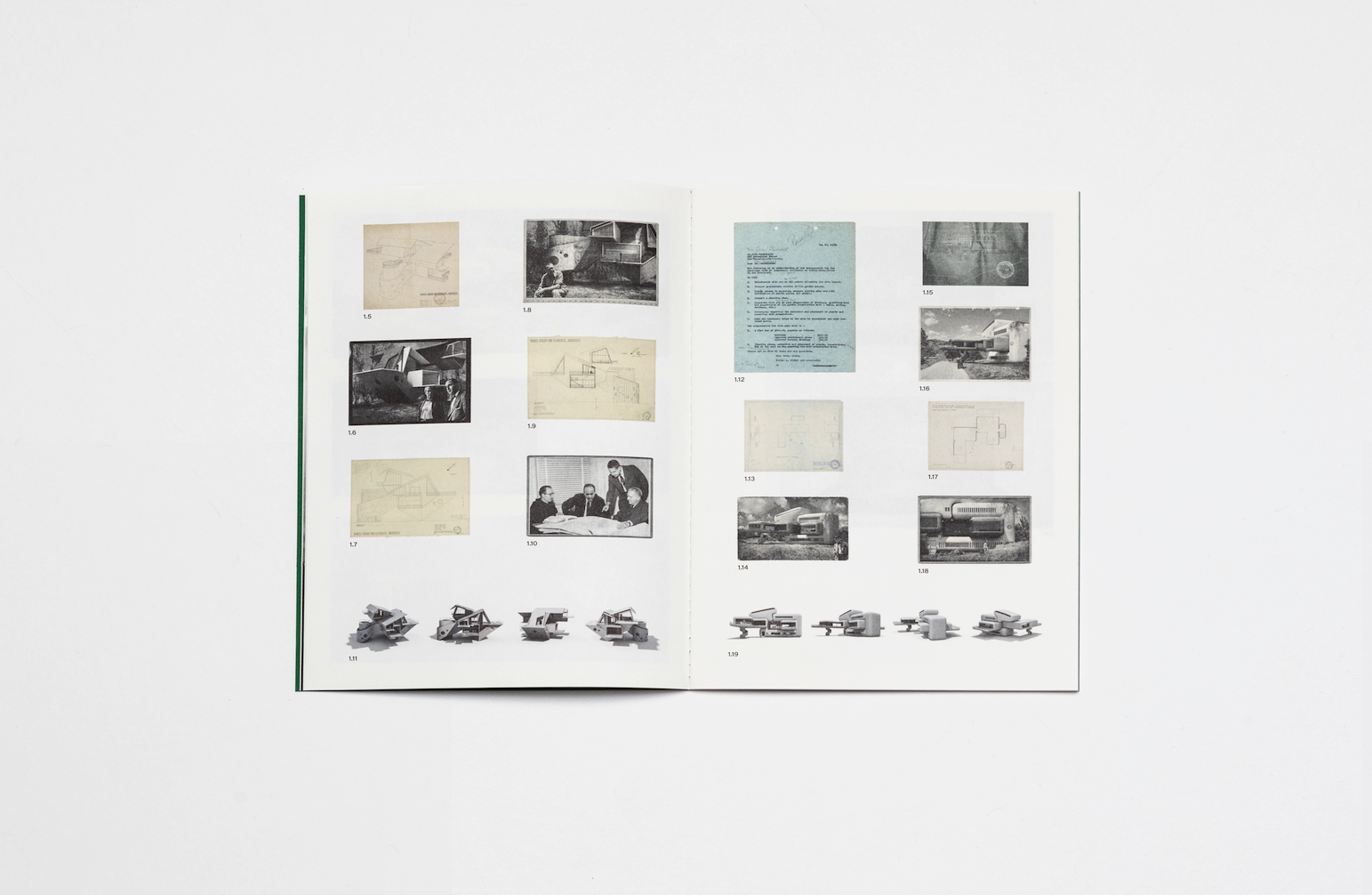Dionisio González. Concrete Island



For this show, Concrete Island, Dionisio González gathers a series of works that analyse the dystopian aspects and consequences of the architectural currents that progressed through Europe starting in the 1950s.
In a difficult post-war context and with the ideas from the modern movement stagnated after achieving an unsettling break with traditional architecture, a new generation of architects and urbanists envisioned an alternative city visited by the technological achievements of the defence industry and aerospace research, which responded to the deep mutations in society caused by the social, cultural, economic and political crisis. After an exercise of social and constructive utopia, brutalist ideologies turned dystopian through the monolithic use of concrete, their sensory strength and the escalating crime rate in dead angles, corridors and alleyways. Part of the failure also had to do with the disconnection with the urban environment—replaced with self-sufficient gestures—and with the conversion of these massive structures in self-excluding ghettos, as middle and upper classes moved away from these residential areas.
Dionisio González (Gijón, 1965) lives and works in Seville. He is a professor at the Fine Arts School of the University of Seville, where he teaches the course ‘From the artistic idea to social politics’ included in the Master of Arts: Concept and Production. He is a Doctor of Fine Arts with the thesis ‘The Aesthetic of Horror’. He has earned numerous prizes and awards, such as the Pilar Juncosa & Sotheby’s Award and the Fundació Pilar i Joan Miró Award. He has held exhibitions at numerous museums and galleries worldwide, including the Museum of Contemporary Art (MOCA), Cleveland; Musée d’Art Contemporain (CAPC), Bordeaux; Museo Nacional Centro de Arte Reina Sofía, Madrid; Museum of Contemporary Photography, Chicago; Museo de Arte Moderno (MAMBO), Bogotá; Museum Folkwang, Essen; Museo de Arte de São Paulo (MASP); and Museum of Contemporary Art, Toronto.
